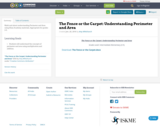
Math unit about understanding Perimeter and Area using Khan Academy materials. Appropriate for grades 3-5.
- Subject:
- Mathematics
- Material Type:
- Assessment
- Homework/Assignment
- Lesson Plan
- Date Added:
- 04/25/2014
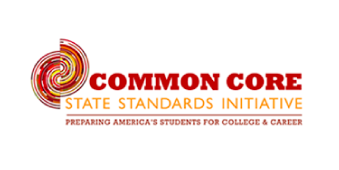

Math unit about understanding Perimeter and Area using Khan Academy materials. Appropriate for grades 3-5.
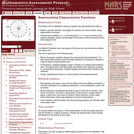
This lesson unit is intended to help teachers assess how well students are able to: model a periodic situation, the height of a person on a Ferris wheel, using trigonometric functions; and interpret the constants a, b, c in the formula h = a + b cos ct in terms of the physical situation, where h is the height of the person above the ground and t is the elapsed time.
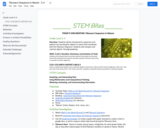
Students are discovering how the Fibonacci Sequence occurs in nature while collecting and interpreting data. Students will also compare a specific item from nature and consider what types of variation exist in items of that sort.
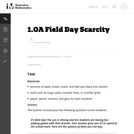
This task allows students to relate addition and subtraction problems to money in a context that introduces the concept of scarcity.

The Fifth Grade Elementary Framework for Science and Integrated Subjects,Earth and Space: Patterns in the Sky, uses the phenomena of perceived sun and moon movements that seem to move around the Earth to explore stars, Earth orbit and rotation and moon orbit around Earth. It is part of Elementary Framework for Science and Integrated Subjects project, a statewide Clime Time collaboration among ESD 123, ESD 105, North Central ESD, and the Office of Superintendent of Public Instruction. Development of the resources is in response to a need for research- based science lessons for elementary teachers that are integrated with English language arts, mathematics and other subjects such as social studies. The template for Elementary Science and Integrated Subjects can serve as an organized, coherent and research-based roadmap for teachers in the development of their own NGSS aligned science lessons. Lessons can also be useful for classrooms that have no adopted curriculum as well as to serve as enhancements for current science curriculum. The EFSIS project brings together grade level teams of teachers to develop lessons or suites of lessons that are 1) pnenomena based, focused on grade level Performance Expectations, and 2) leverage ELA and Mathematics Washington State Learning Standards.
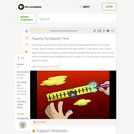
In this video segment from Cyberchase, through addition and regrouping in base sixty, Matt helps Digit figure out what time his CyberSoufflŰ__ŰÖ will be done.
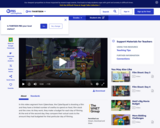
The CyberSquad reviews their budget for the second day of their film shoot in this video from Cyberchase.
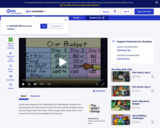
In this video segment from Cyberchase, the CyberSquad compares their budget with their actual spending from day three of their film shoot.

In this Cyberchase video segment, the CyberSquad figures out how to incorporate a new scene into their film while staying within their budget.
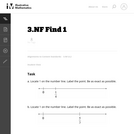
This task asks students to locate fractions on a number line.
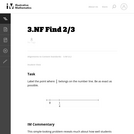
This simple-looking problem reveals much about how well students understand unit fractions as well as representing fractions on a number line.
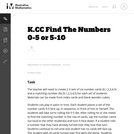
This card game allows students to practice number skills.
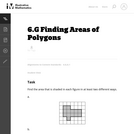
The purpose of this task is to have students work on a sequence of area problems that shows the advantage of increasingly abstract strategies in preparation for developing general area formulas for parallelograms and triangles.
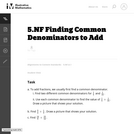
This task asks students to find and use two different common denominators to add the given fractions. The purpose of this question is to help students realize that they can use any common denominator to find a solution, not just the least common denominator.

This task asks students to use two different denominators to subtract fractions. The purpose of this is to help students realize that any common denominator will work, not just the least common denominator.
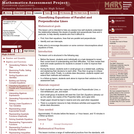
This lesson unit is intended to help teachers assess how well students are able to understand the relationship between the slopes of parallel and perpendicular lines and, in particular, to help identify students who find it difficult to: find, from their equations, lines that are parallel and perpendicular; and identify and use intercepts. It also aims to encourage discussion on some common misconceptions about equations of lines.

Open middle problems require a higher depth of knowledge than most problems that assess procedural and conceptual understanding. They support the Common Core State Standards and provide students with opportunities for discussing their thinking.
The Finding Equivalent Ratios problem asks students to use the digits 1-9 to create 3 equivalent ratios made up of single and double digit numbers.

In this task students have the opportunity to construct linear and exponential functions, including arithmetic and geometric sequences, given a graph, a description of a relationship, or two input-output pairs (include reading these from a table).
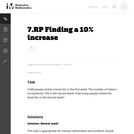
This real world problem is appropriate for mental mathematics and students should be encouraged to think through the solution mentally.
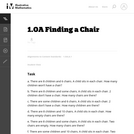
These word problems require students to compare contexts for addition and subtraction.